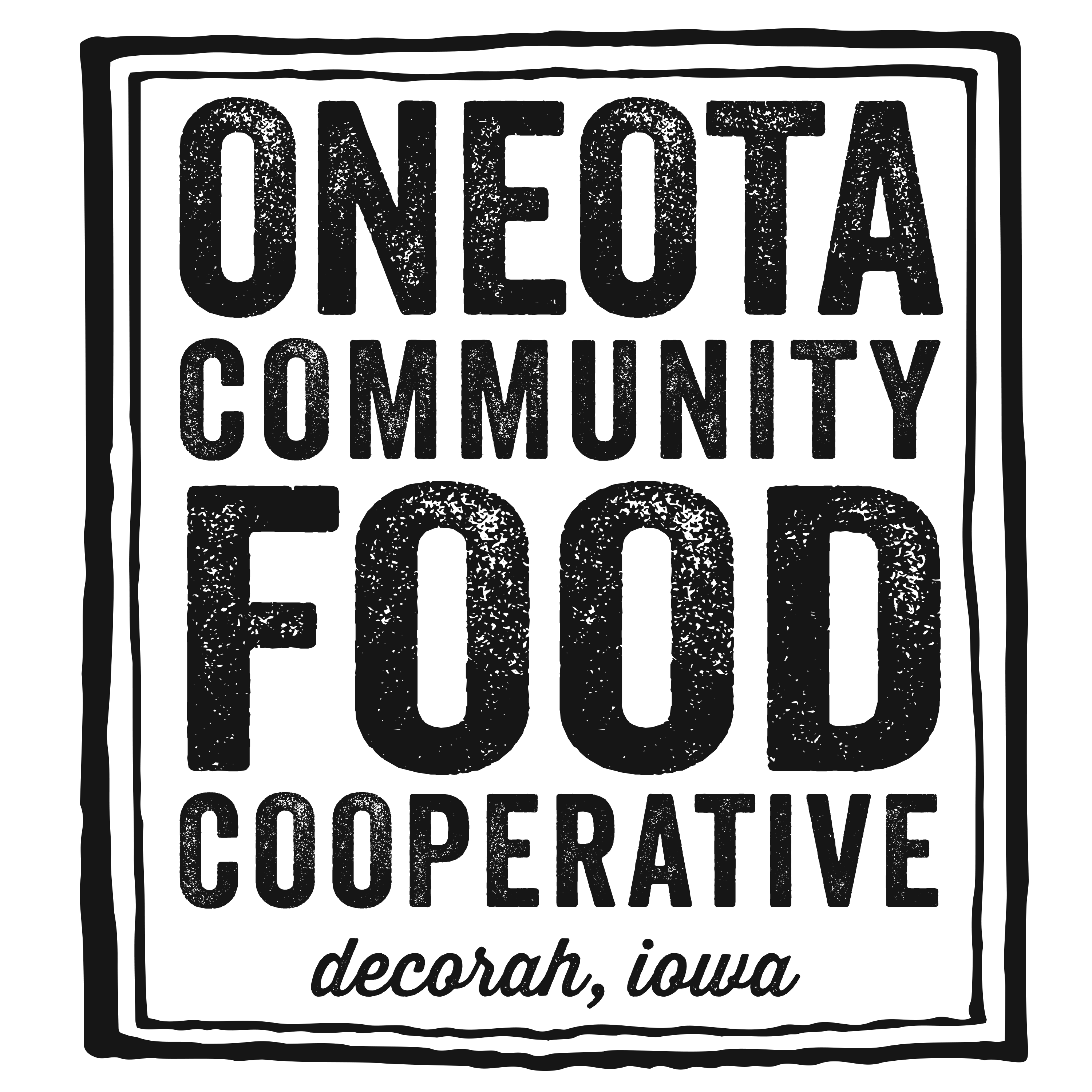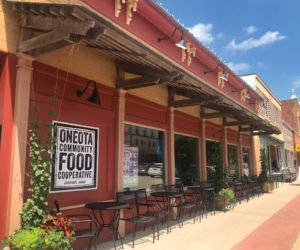Breaking Bad in Iowa
By Kamyar Enshayan
The TV series “Breaking Bad” has ended but the real thing goes on right here in Iowa just as bad or much worse, depending on your point of view. And I am not referring to meth business in Iowa, which we know is unfortunately thriving. The Waterloo Courier reported earlier that 78 meth labs were investigated in 2012 in the tri-county area alone.
This is “a large-scale social ill” as Nick Reading put it in Methland, a book published in 2009 based on actual stories, court records, interviews with judges, physicians, sheriffs, recovering addicts and their families, all taking place in Northeast Iowa as one specific example of this national epidemic. He writes, “In truth, all drug epidemics are only in part about the drug. Meth is indeed uniquely suited to Middle America, though this is only tangentially related to the idea that it can be made in the sink. Meth’s basic components lie equally in the action of government lobbyists, long-term trends in agricultural and pharmaceutical industries, and the effects of globalization and free trade.”
During a conversation over coffee, I asked several friends what enterprise in Iowa would parallel the tragedy portrayed in “Breaking Bad”? To my surprise, without missing a beat, several people independently nominated commodity agriculture and the vast network of global corporations behind it.
Industrial commodity agriculture is entirely based on acres. It does not need stable communities. All is needed are land, machinery, and chemical inputs to produce one or two products for distant markets. Civic organizations, schools, churches, libraries, rural businesses are all unnecessary to “feed the world” or ethanol plants. Long term anthropological studies (1) in many rural communities in the U.S. have confirmed these realities. As we have seen all over Iowa, in once-thriving towns a gas station and if you are lucky a bar are all that’s left.
Think of coffee or banana plantations. The markets are not local, the benefits go elsewhere, farmers receive very little, which means rural poverty. Same in Iowa. Sociologists and economists report (2,3) that markets in nearly every agricultural sector (corn, bean, beef, hog, corn processing, milling, etc.) are all controlled by a handful of global corporations, leaving farmers as price takers while production expenses rise. Add soil erosion, water pollution, and below-poverty wages for food sector workers (4,5), and the result is rural decline and desperate situations which are the habitat for the meth enterprise.
Among key ideas so masterfully brought to life in Breaking Bad were the fact that extraordinary and tragic things go on in ordinary days, in ordinary neighborhoods. Dead bodies in the garage as neighbors jog by. In an ordinary day in Iowa, there is pesticide drift from an aerial sprayer into your kitchen, a giant fishkill from a manure spill, respiratory illnesses among rural residents living near confinement hog operations (6), atrazine and nitrate in your rural well water, salmonella poisonings from factory chicken farms (7) with proven records of evading public health laws, and flash floods downstream due to degraded soils and impaired watersheds upstream. You are looking at breaking bad in Iowa.
The TV series made it abundantly clear that the waves of tragedy emanating from the meth enterprise reach far and wide and manifest their violence in ways not clearly traceable to meth. One example was the father who has a hard time dealing with the loss of his daughter who had died of meth overdose; he works as an air traffic controller and, in moment of weakness, he neglects to warn the two passenger planes approaching one another in time; two plans collide with hundreds dead.
In Iowa, more than 6 million pounds of weed killer atrazine are spread all over Iowa (8). This hormone disrupting chemical is banned in Europe because of its possible connection to breast cancer and other chronic illnesses.
The rate of Parkinson’s in the Midwest is twice the national rate and pesticides used on corn and beans are a key suspect (9).
The City of Des Moines struggles at high costs with off-the-chart levels of corn fertilizer in its drinking water source. The livelihood of hundreds of fishermen in the Gulf of Mexico has been diminished due to excessive corn fertilizer run-off from the Midwest down the Mississippi.
That’s what breaking bad in Iowa looks like.
Unlike meth, commodity agriculture is legal, legitimized by USDA and land grant colleges of agriculture, and financed by tax dollars, laundered through corn subsidies and ethanol plants (carwash in Breaking Bad). And unlike the TV series, this has been going on for decades.
The Waterloo Courier reported in November 2013 that the “Tri-County Drug Enforcement Task Force seized nearly $2 million of methamphetamine in the last three months, including $1 million worth in the first two weeks of October alone.” Meanwhile, the National Oceanic and Atmospheric Administration (NOAA) reported that in 2013 the size of the Dead Zone in the Gulf of Mexico (due to corn fertilizer) was twice as 2012. This is a typical season of breaking bad in Iowa.
Many Iowans are striving to change all this; they include many farmers who are practicing good agronomy based on ecological understanding of the land, integrating crops and livestock, grass-based production, long term crop rotations; they include food service directors and restaurant owners who support these farms; they include ordinary Iowans who value the way these farmers are growing their food and are making a point of supporting them and the land stewardship they practice. They include Practical Farmers of Iowa, an organization that is proving every day that a sane, productive, profitable, community-building system of food and agriculture is possible and practical. Please join us.
Kamyar Enshayan is the Director of the Center for Energy and Environmental Education at the University of Northern Iowa. He is an engineer with graduate degrees in thermodynamics, solar energy, Climatology, and agriculture. He launched the UNI Local Food Program in 1997 and often consults with communities on strengthening their local food economy. In 2008, he received the Practical Farmers of Iowa’s Sustainable Agriculture Achievement Award. Kamyar served on the board of FoodRoutes Network, the Iowa Association for Energy Efficiency, and the National Farm to School Network. He has served as a member of the technical review committee for USDA North Central Region for Sustainable Agricultural Research and Education. He teaches environmental studies at UNI. Kamyar Enshayan lives in Cedar Falls, Iowa. He can be reached at kenshayan@gmail.com.
1 Lobao, Linda. 1990. Locality and Inequality: Farm and Industry Structure & Socioeconomic Conditions. SUNY Press.
2 Hendrickson, M., and Heffernan, W. 2007. Concentration of agricultural Markets. University of Missouri, Columbia.
3 Harkin, T. 2004. Economic Concentration and Structural Change in the Food and Agriculture Sector: Trends, Consequences and Policy Option. Committee on Agriculture, Nutrition and Forestry.
4 Social and Economic Equity in the U.S. Food and Agriculture Systems. 2012. Rockefeller Foundation Report.
5 Migrant farm Workers face issues in Iowa: Housing conditions, incomplete pay stubs result in lawsuits. January 1, 2014. Waterloo/Cedar Falls Courier. www.wcfcourier. com
6 www.public-health.uiowa.edu/ehsrc/CAFOstudy.htm This is a report by ISU and U. of Iowa.
7 Layton, L. “Salmonella was often found at the Iowa egg farm.” September 14, 2010. The Washington Post.
8 Pesticide Trends in Iowa’s Surface and Groundwater, 1980-1995.Iowa Geological & Water Survey. Iowa DNR.
9 Willis, A., B. Evenoff, M. Lian, S. Criswell, and B. Racette. 2010. Geographic and Ethnic Variation in Parkinson Disease: A Population-Based Study of US Medicare Beneficiaries. Neuroepidemiology. 2010 April; 34(3): 143–151.



